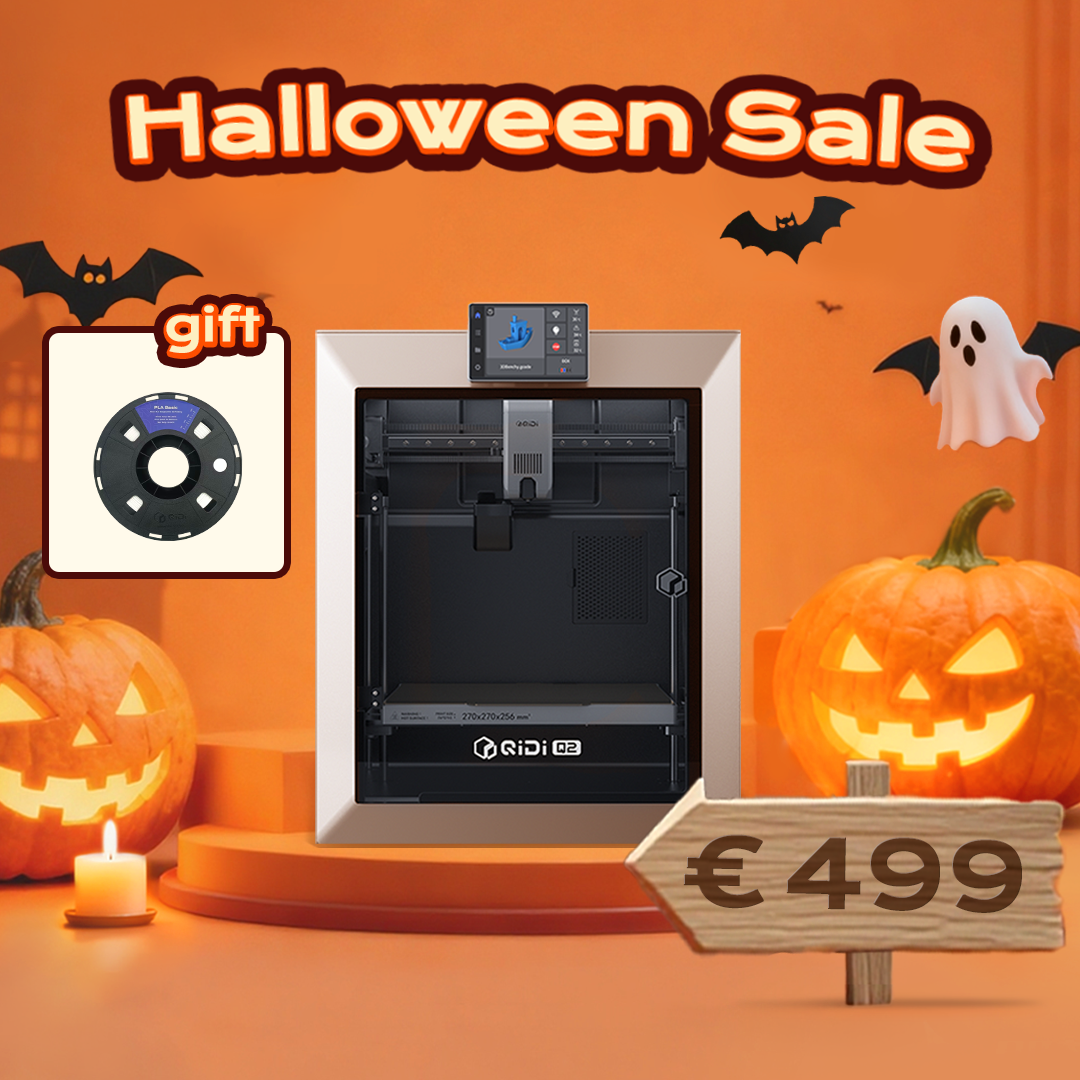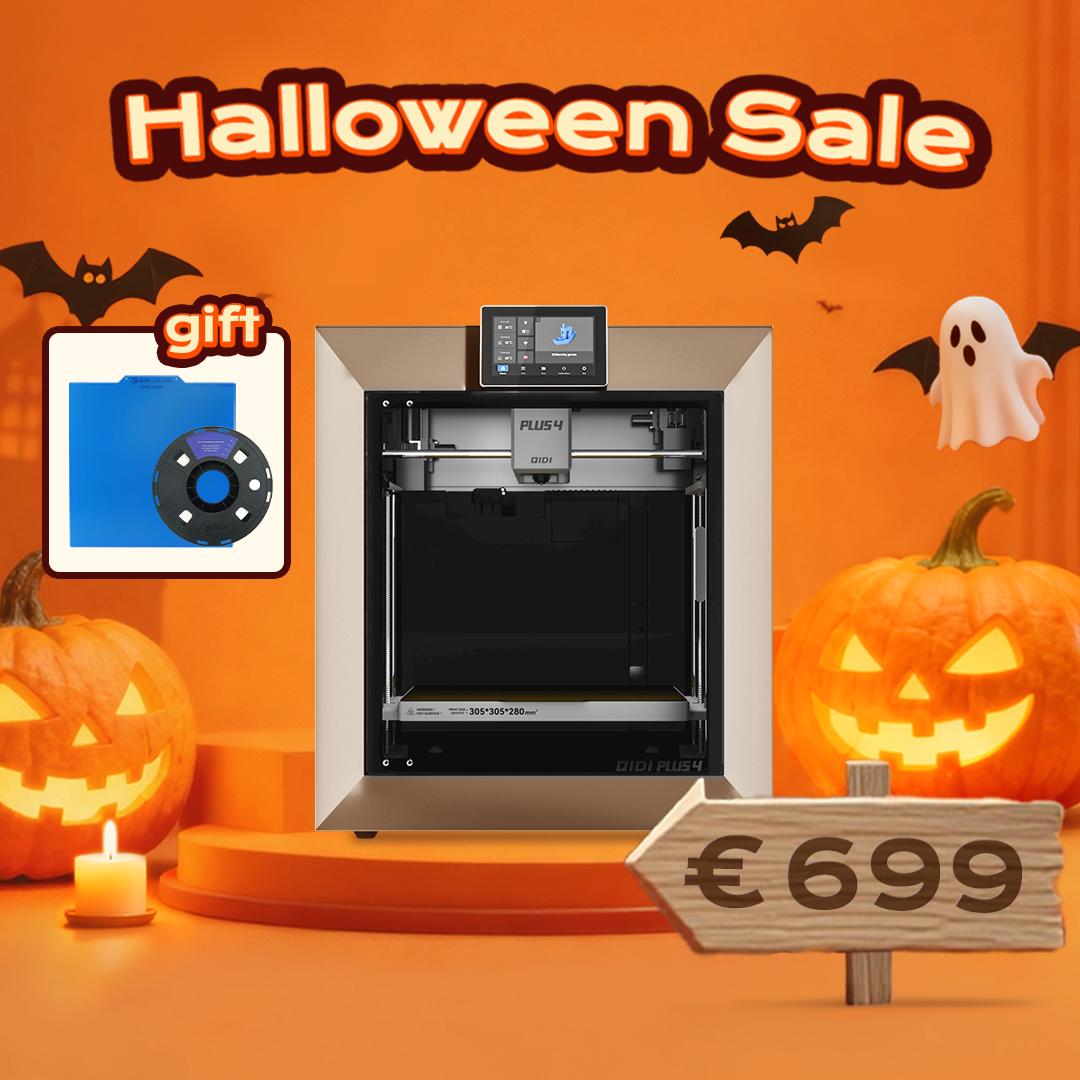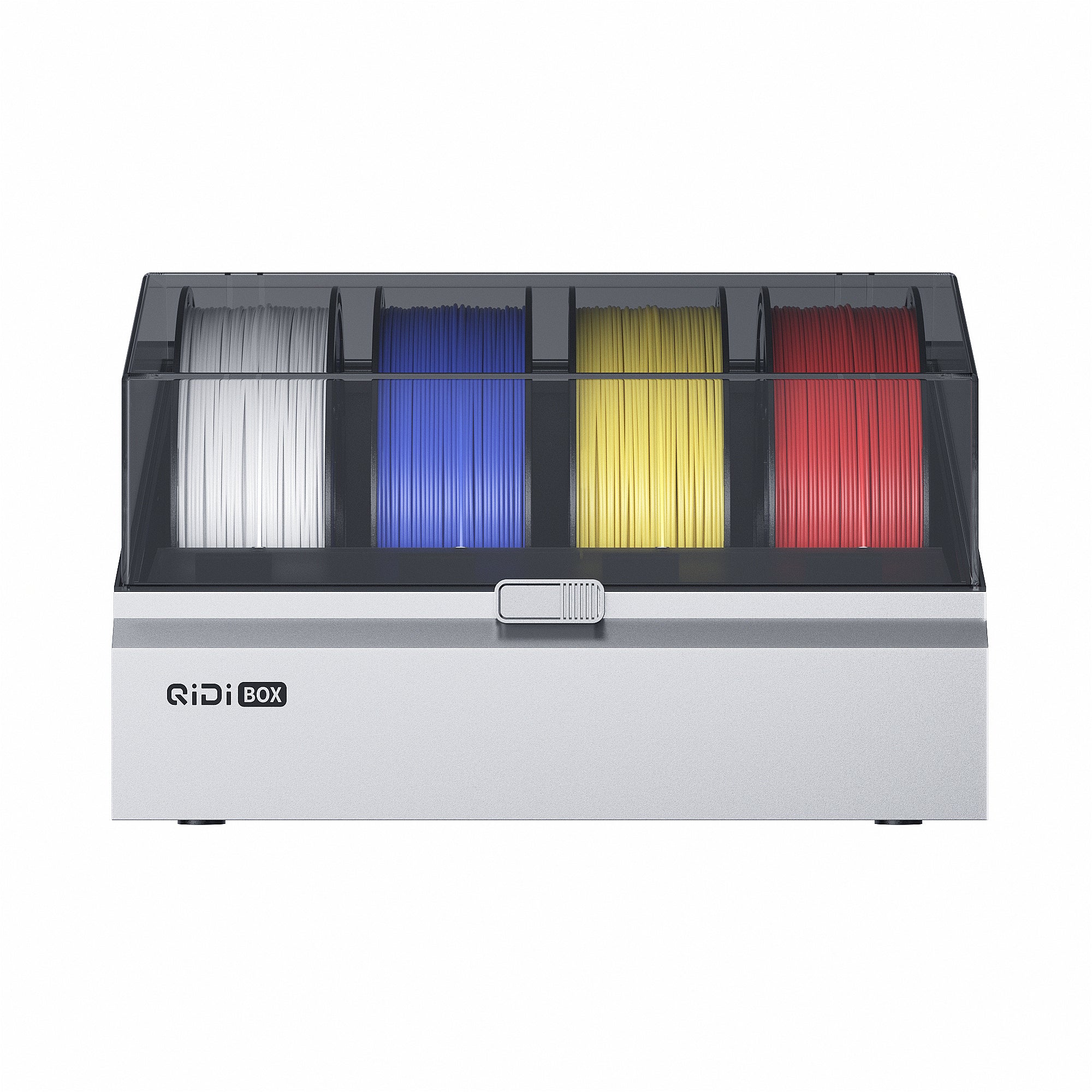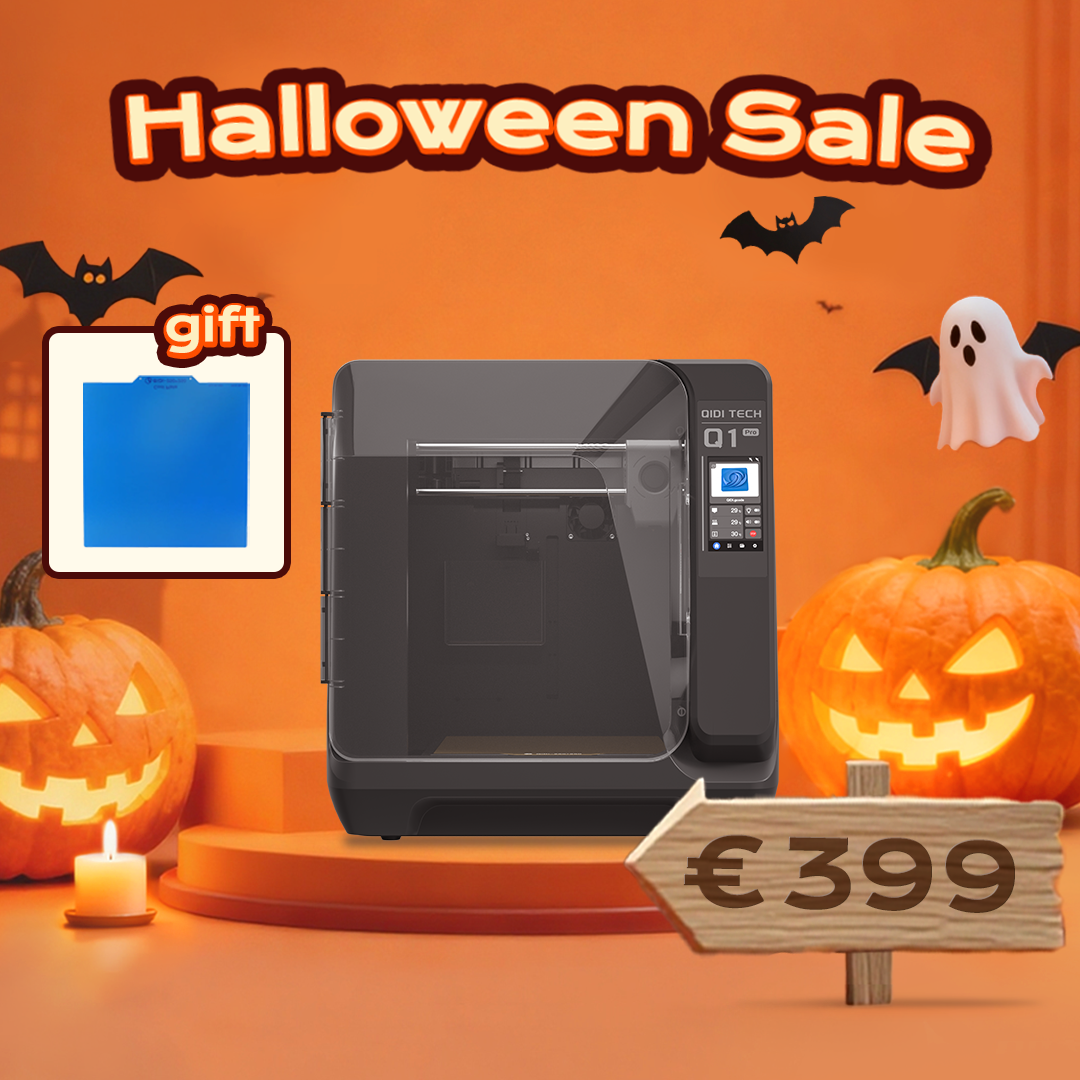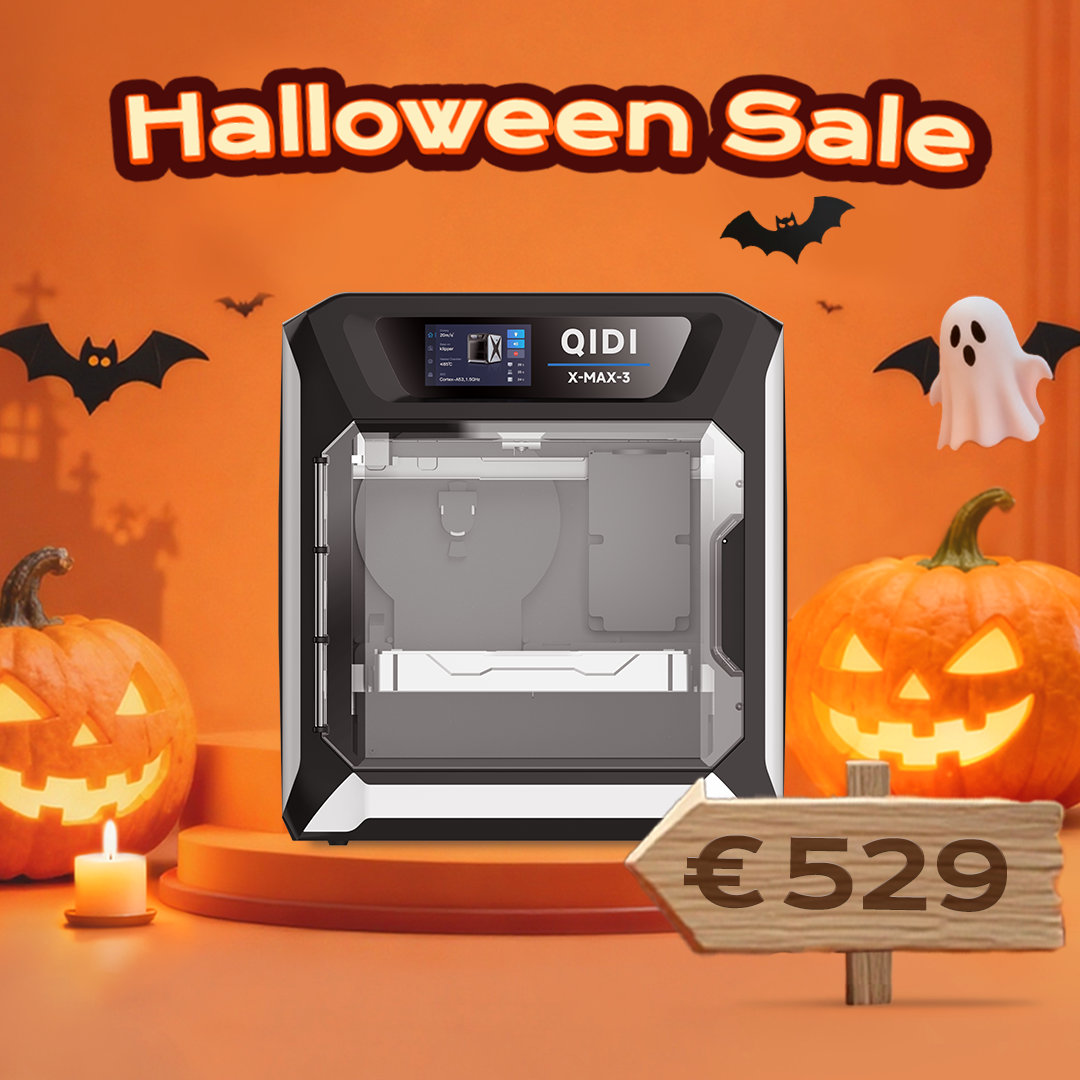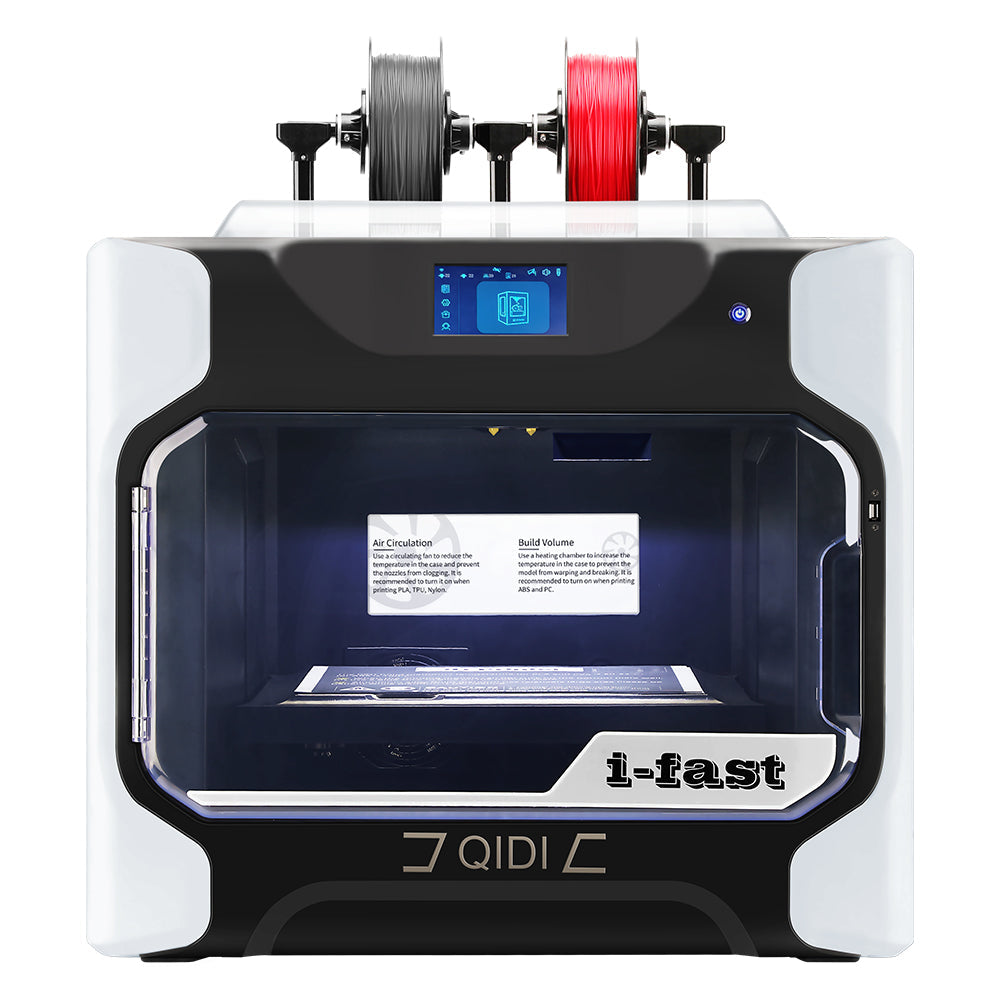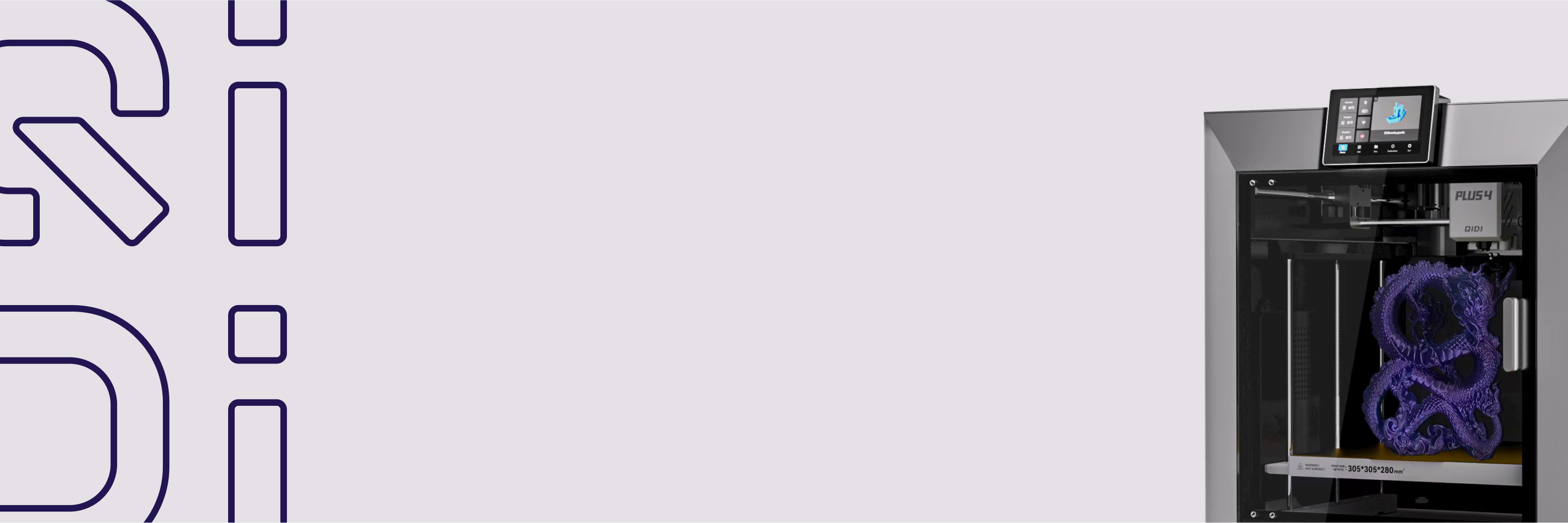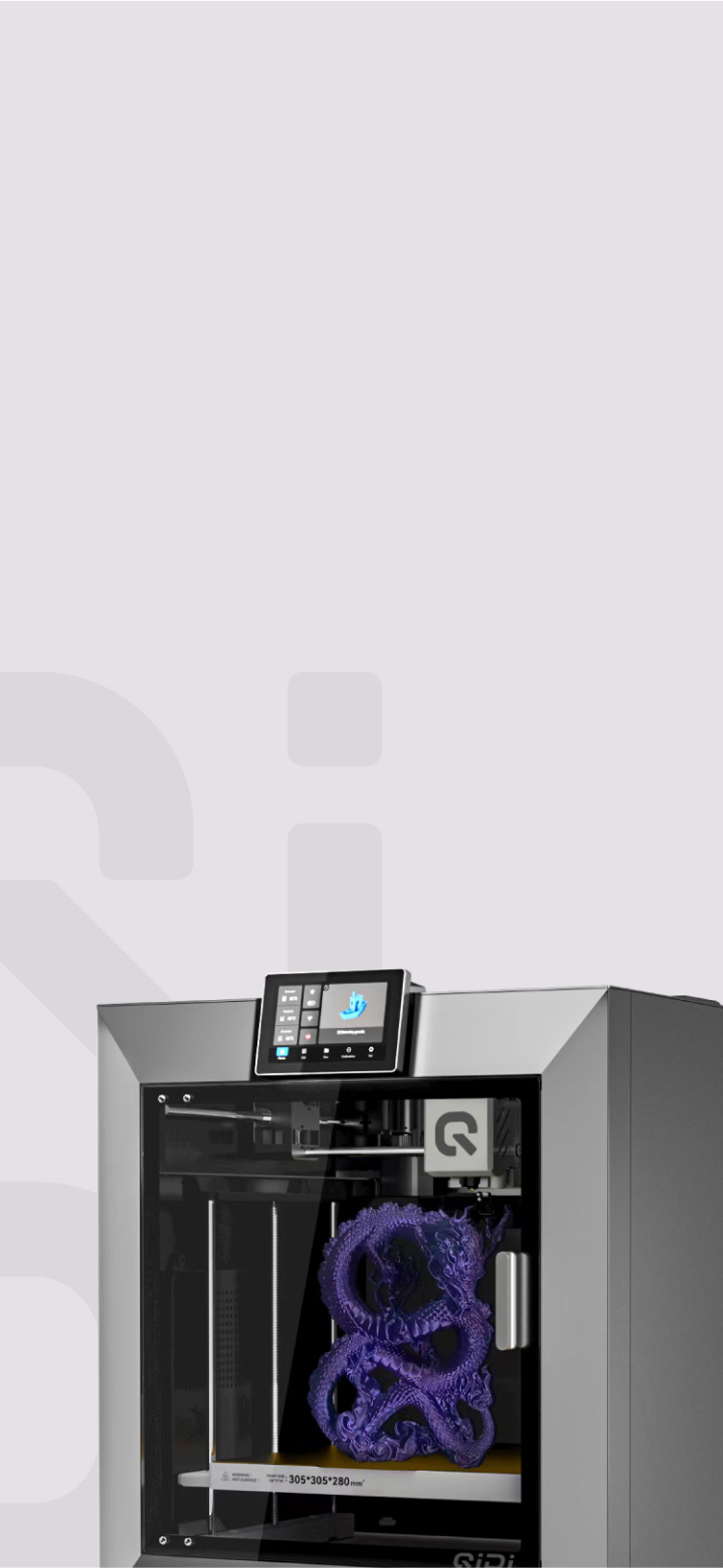Hoe u aangepaste filamenten of nieuwe processen kunt maken in QIDI Studio?
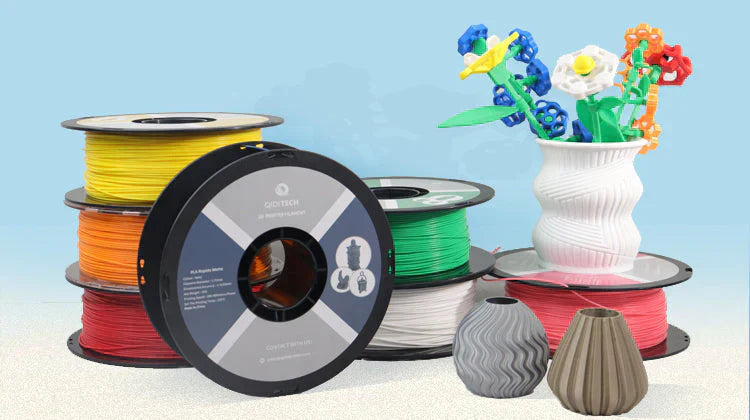
Bij gebruik
In deze tutorial leert u stap voor stap hoe u aangepaste filamenten en nieuwe processen kunt maken en hoe u presets kunt exporteren en importeren in
1.Hoe maak je aangepaste filamenten?
(1) Volg de stappen in de onderstaande afbeelding om de interface voor het maken van filamenten te openen.

(2) Kiezen "Systeemfilamenten" Je vindt de filamenten die je nodig hebt in het rode vakje. Als je ze niet kunt vinden, ga dan verder met stap (3) om aangepaste filamenten toe te voegen.

(3) Kies 'Aangepaste filamenten' en klik op 'Nieuwe maken'. Vul de leverancier, het type en het serienummer van het filament in. Als de leverancier van de huidige filamenten niet gevonden kan worden, vink dan 'Kan de leverancier die ik wil niet vinden' aan en voer de aangepaste leverancier in.


(4) Als u bijvoorbeeld een "QD Ultra

(5) Zorg ervoor dat u na het aanmaken van een aangepast filament de parameters aanpast aan de eigenschappen ervan, anders kunt u niet printen. Als u niet zeker weet welke parameters u moet invullen, kunt u de filamentleverancier om de relevante parameters vragen.

2.Hoe kan ik nieuwe processen aanmaken en opslaan?
Als u een nieuw proces wilt maken en opslaan, kunt u de onderstaande stappen volgen.
Als u bijvoorbeeld een nieuw proces wilt opslaan met ingeschakelde ondersteuning en het ondersteuningstype 'tree' (automatisch) is, kunt u dit doen zoals in de afbeelding wordt getoond.
Opmerking: Gebruik passende woorden of zinnen om het nieuwe proces een nieuwe naam te geven. Dit is handig voor het geheugen en om de informatie later terug te vinden.

3. Hoe kan ik voorinstellingen exporteren en importeren?
Als u deze filament- of procespresets wilt migreren of delen met anderen, kunt u de export- en importfuncties gebruiken.
(1) Volg de onderstaande stappen om de interface 'export preset bundle' te openen.

(2) Kies ervoor om het filament of de procesvoorinstelling naar wens te exporteren. Als u bijvoorbeeld de filamentvoorinstelling van QD Ultra

(3)Als u de vooraf ingestelde bestanden wilt importeren, kunt u de functie "import configs" gebruiken volgens de stappen in de afbeelding. Vervolgens zoekt en selecteert u het vooraf ingestelde bestand dat u nodig hebt op uw computer.


(4)Als het pop-upvenster 'importresultaat' verschijnt zoals in de afbeelding, betekent dit dat het vooraf ingestelde bestand succesvol is geïmporteerd.

Uiteindelijk
Ik hoop dat je door deze tutorial hebt geleerd hoe je aangepaste filamenten maakt, nieuwe processen en het exporteren en importeren van presets in
Als u tijdens het gebruik problemen ondervindt, bent u van harte welkom om deel te nemen aan onze


